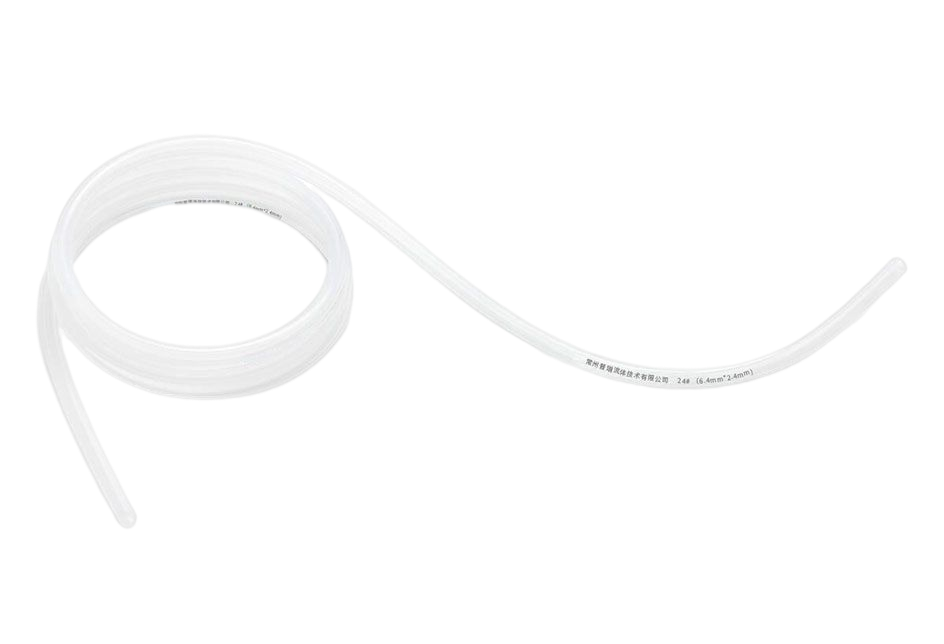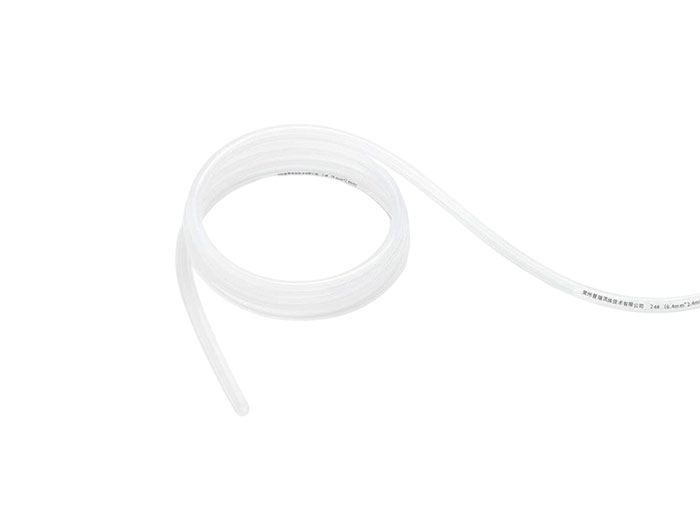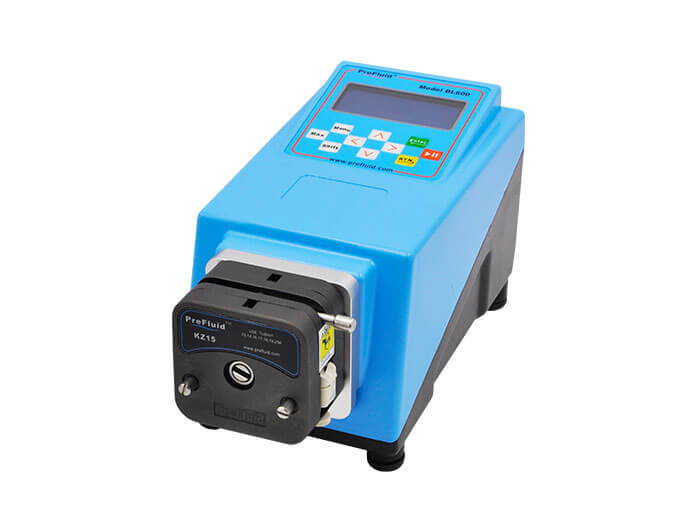The transmission type peristaltic pump can transport some media with sensitivity, viscosity, strong corrosion, grinding, high purity requirements, and containing certain granular materials. Replace the fluid simply by replacing the hose. Application fields of transmission peristaltic pump:
1. Laboratory research and development
Common applications include cell tissue delivery, specimen decolorization, perfusion, liquid chromatography, and acid or alkaline solution delivery. Peristaltic pumps have good accuracy in small volume fluid distribution and metering, which can eliminate congestion and siphoning.
2. Chemical industry
Corrosive detergent, elutriation, flow injection analysis, tissue infusion, injection determination, PH determination, chromatographic determination, filling and transportation, salt solution venom assay. Liquids that can be treated include: acids, bases, solvents, suspended solids, etc.
3. Pharmaceutical Industry
Decomposition experimental equipment, fermentation control, harvesting cell media, nutrient supply of culture bacteria, tablet coating, titration and packaging and other processes. Liquids that can be treated include: solvents, acids, alkalis, plant extracts, ointments, plasma, etc. In the process of coal fermentation, nutrients are pumped, pH adjustment agents are dispensed, cosmetics are dispensed, and biological agents are poured.
Principle of transmission peristaltic pump:
Simply put, it is like a finger holding a flexible hose with resilience, and the liquid in the tube moves with the finger. With the push of the finger, the hose outlet produces positive pressure to discharge the liquid, and the hose inlet produces negative pressure to inhale the liquid. The peristaltic pump pipe works in a peristaltic state, so it is called peristaltic pump. The liquid relies on the press wheel to achieve fluid transport, so the peristaltic pump is a positive displacement pump.
1. The runner of the peristaltic pump will press the hose with resilience and maintain the seal before and after the pressure point.
2. with the rotation of the pressure wheel, the pressure point on the hose moves, because the hose has resilience, the hose on the inlet side of the pump leaves with the pressure wheel and naturally rebounds, and the inlet pipe produces negative pressure and inhales liquid.
3. with the continuous rotation of the peristaltic pump rotor, the fluid in the hose continues to discharge.
Transmission peristaltic pump features:
Clean: pump liquid only through the hose, does not pollute the pump body. More hoses can carry different liquids.
Accuracy: can accurately control and adjust the flow, accuracy 5‰~2%, the current flow range of peristaltic pump is 0.01ml/min to 36L/min in a single channel.
Self-priming characteristics: no need to pump, dry operation, high suction range of up to 8 meters.
Stop valve characteristics: the runner pressure point of the peristaltic pump makes the hose always in the cut-off state, with the stop valve function.
Reversible: Changing the motor steering can achieve a change in the direction of transmission, easy to achieve positive and negative rotation and suction.
No shear: The liquid transport in the peristaltic pump is achieved by the hose peristalsis, so there is no shear to the fluid in the tube. The fragile particles in the liquid are not destroyed by pumping, unlike the fruit grains in an orange.

Peristaltic pump hose is a peristaltic pump accessories, mainly used to transport liquids, gases, mixtures of solids. Pe...
Nov 03, 2023 Read Details
Silicone pipe is a pipe material with excellent properties that can withstand high pressures and temperatures in differe...
Oct 10, 2024 Read Details
Nowadays, with the increasing popularity of peristaltic pumps, their use has promoted the development of various related...
Aug 10, 2023 Read Details